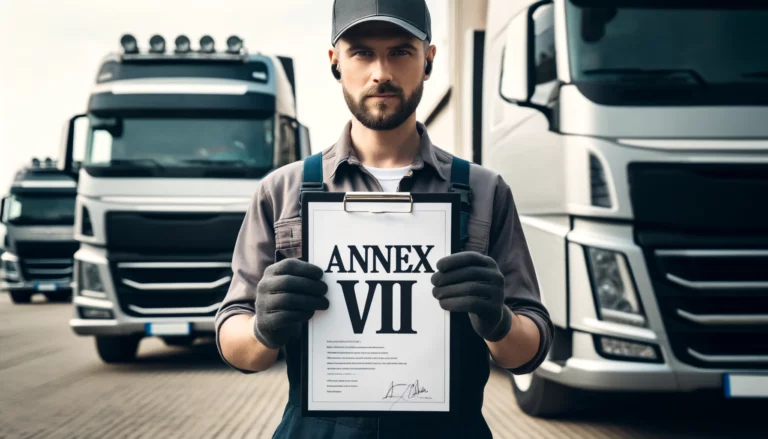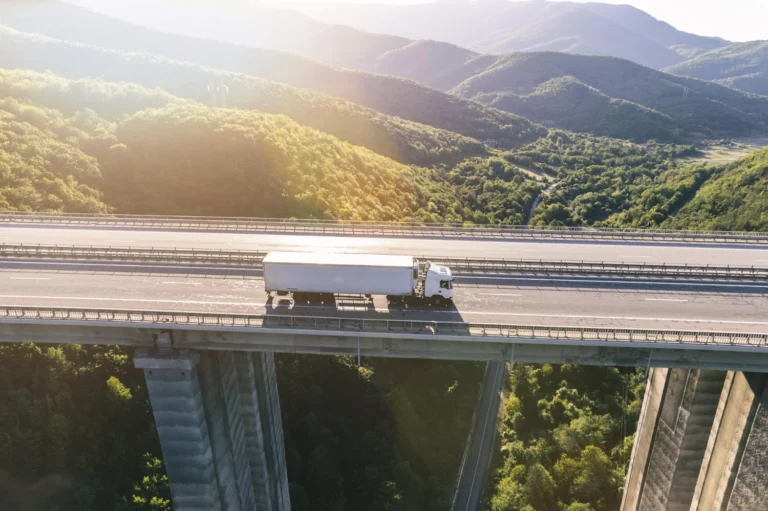The ABC of waste shipment in Europe – waste law
If you decide to get involved in the waste industry, it’s crucial to understand the basic laws that govern waste shipment. Only with this knowledge will you be aware of what you can do and what your rights are as a waste carrier. It’s also important to note that failing to adhere to these laws can result in hefty fines or even imprisonment. So, tread carefully. Read on to find out more.
European laws on waste shipment
European Union laws play a pivotal role in waste management. They undoubtedly ensure that waste shipment adheres to strict standards to protect the environment and public health. Here are some key regulations:
Waste Framework Directive (2008/98/EC)
Adopted in 2008, the Waste Framework Directive establishes measures to prevent or reduce the adverse impacts of waste generation and management. It sets the basic concepts and definitions related to waste management, including recycling and recovery targets.
Regulation (EC) No 1013/2006 on Shipments of Waste
This regulation came into force in 2007. It governs the transboundary movement of waste within, into, and out of the EU. And it ensures that waste shipments are properly managed and that hazardous waste is not shipped to countries lacking adequate treatment facilities. What’s important, it was recently ammended. The newest version came into force on 20th of May.
Directive 2012/19/EU on Waste Electrical and Electronic Equipment (WEEE)
Implemented in 2012, this directive addresses the collection, recycling, and recovery of electronic waste. It aims to improve the environmental performance of all operators involved in the life cycle of electrical and electronic equipment.
Landfill Directive (1999/31/EC)
Effective since 1999, this directive aims to prevent or reduce the adverse effects of landfill waste. It wants to do so by introducing stringent technical requirements for waste and landfills. It emphasizes reducing biodegradable waste going to landfills.
Directive 2006/66/EC on Batteries and Accumulators
Adopted in 2006, this directive regulates the disposal of batteries and accumulators to minimize their environmental impact. It promotes the collection and recycling of batteries, ensuring that hazardous substances are handled safely.
Examples of waste laws in different EU countries
Different EU member states have their own specific laws that align with the overarching EU regulations. A the same time they cater to local needs and conditions. You must keep them in mind if you plan on delivering waste to these countries. Here are some examples:
Germany: KrWG (Circular Economy Act)
Effective from 2012, the KrWG is Germany’s principal waste management law. It promotes the circular economy by encouraging recycling and reducing waste generation. The law supports the efficient use of resources and aims to minimize the environmental impact of waste.
France: Code de l’Environnement
The French Environmental Code, which includes laws on waste management, has been in force since 2000. It encompasses various aspects of waste treatment and disposal, ensuring that waste is managed in a way that protects human health and the environment.
Italy: Legislative Decree No. 152/2006
Italy’s primary legislation on waste management, enacted in 2006, outlines procedures for waste collection, transportation, recovery, and disposal. It emphasizes the hierarchy of waste management, promoting prevention, reuse, and recycling.
Netherlands: Environmental Management Act
This act, updated in 2021, governs waste management in the Netherlands. It emphasizes sustainable waste treatment practices and the reduction of greenhouse gas emissions associated with waste management processes.
Spain: Law 22/2011 on Waste and Contaminated Soils
Implemented in 2011, this law regulates the management of waste and contaminated soils in Spain. It promotes waste reduction, resource efficiency, and environmental protection through stringent waste treatment standards.
Remember, those are only few examples. Many (if not all) EU countries have similar rules and it’s in your best interest to familiarize yourself with their intricacies.
Waste shipment – challenges in moving hazardous and non-hazardous goods
Transporting waste, whether hazardous or non-hazardous, poses significant challenges. These challenges must be carefully managed to ensure safety and compliance with regulations. While obtaining necessary permit to move waste across the border can be a challenge in itself, there are also other things to keep in mind.
Hazardous waste shipment
Transporting hazardous waste requires strict adherence to safety protocols to prevent environmental contamination and health risks. Challenges include for example:
- Proper classification and labeling are crucial to ensure that hazardous waste is correctly identified and handled.
- Transporters must comply with numerous international, regional, and local regulations, which can be complex and vary significantly.
- Implementing adequate safety measures, such as secure packaging and specialized transport vehicles, is essential to prevent accidents and spills.
- Personnel involved in the transport of hazardous waste must be well-trained and aware of the risks and regulations associated with their tasks.
Non-hazardous waste transport
While non-hazardous waste may not pose immediate health risks, its transport still requires careful planning and management. For instance:
- Non-hazardous waste often involves large volumes and weights, necessitating efficient logistical planning to optimize transport routes and reduce environmental impact.
- Ensuring that non-hazardous waste is directed towards recycling and recovery facilities rather than landfills requires effective sorting and segregation practices.
- Even non-hazardous waste must be managed in compliance with environmental standards to minimize its ecological footprint.
- Transporting non-hazardous waste cost-effectively while meeting regulatory requirements can be challenging, particularly for municipalities and smaller waste management companies.
Effective waste shipment in Europe is definitely crucial for environmental protection and resource efficiency. The classification of waste into hazardous and non-hazardous categories, governed by a robust legal framework, ensures that waste is managed safely and sustainably. And by understanding the laws and challenges associated with waste transport, stakeholders can better navigate the complexities of waste management and contribute to a cleaner, healthier Europe.





